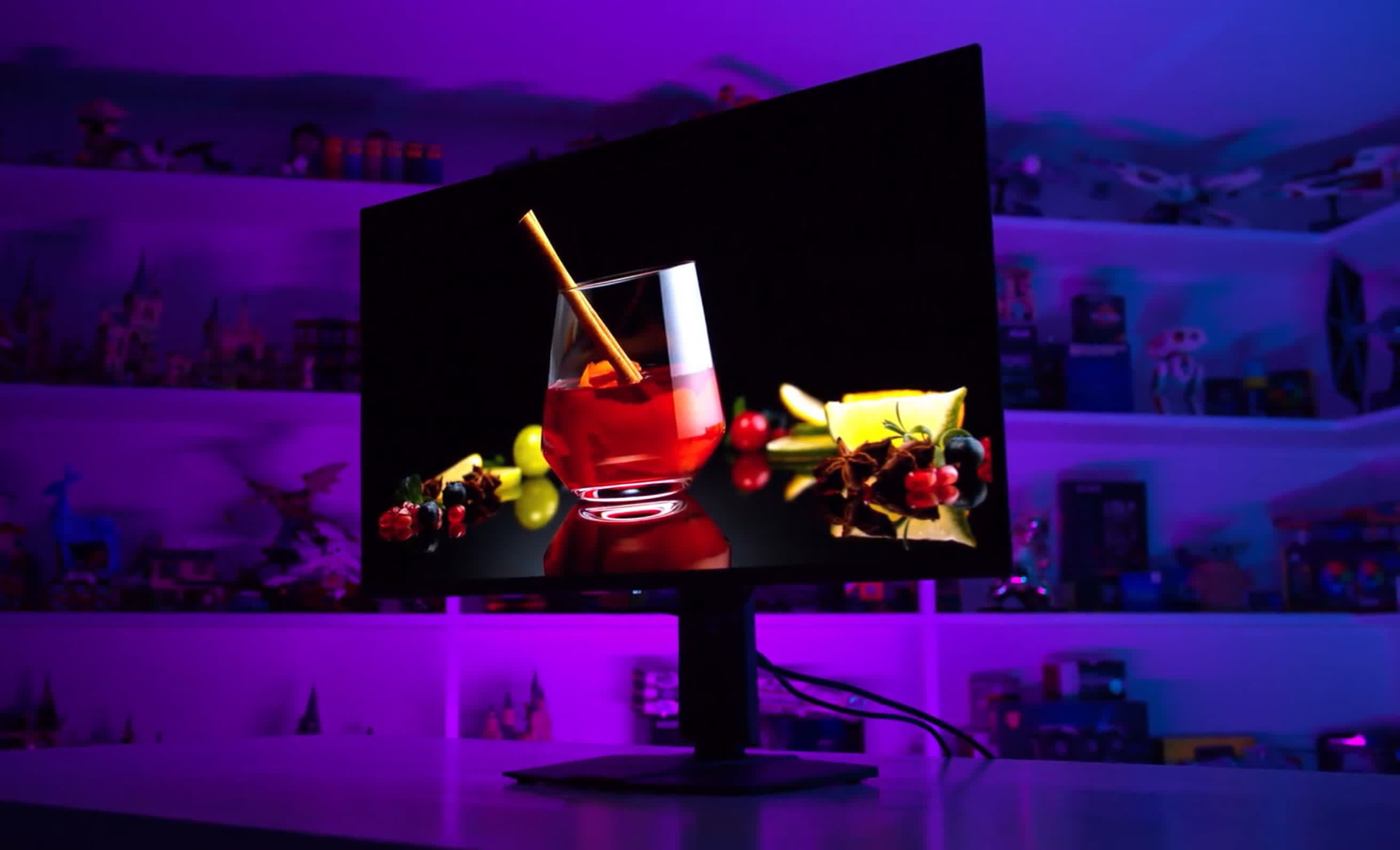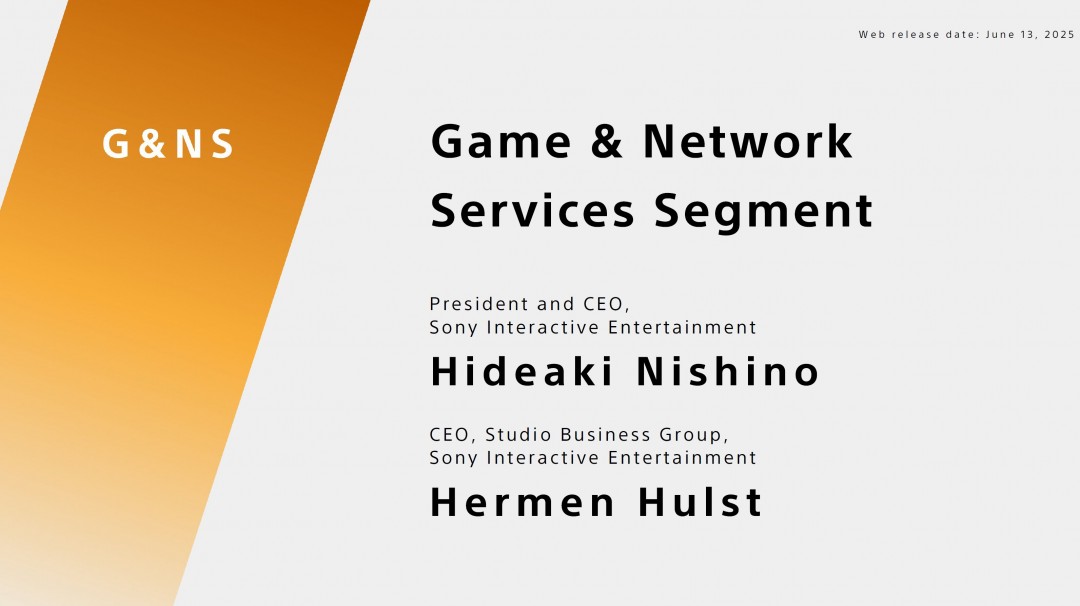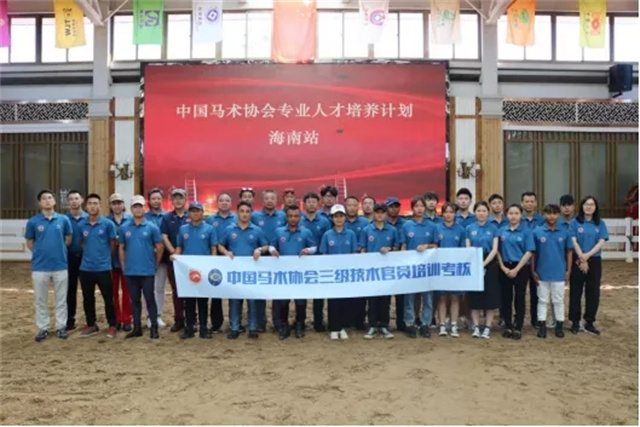您现在的位置是:控名责实网 > 上神难求
The OLED Burn
控名责实网2025-06-15 15:44:58【上神难求】8人已围观
简介We've been using the MSI MPG 321URX QD-OLED exclusively as a productivity monitor for the last six m 关键字2
We've been using the MSI MPG 321URX QD-OLED exclusively as a productivity monitor for the last six months,关键字2 and it's time to check in to see how the panel is holding up in terms of burn-in. Not much has changed in how we've been using this monitor – we've really been pushing it with a worst-case usage scenario for OLED – but there have been a few changes compared to the last time we checked for burn-in.
If you missed the last two updates, we recommend going back and checking out at least the initial article to get an idea of the setup we're using and why we've chosen MSI's 4K 240Hz QD-OLED gaming monitor as our workstation display.
Essentially, the idea here is to perform a real-world test of OLED longevity in the worst possible configuration, effectively burning in the display on purpose. We swapped a 32-inch 4K IPS LCD for this new QD-OLED and changed nothing else about the setup – no dark mode, no screensavers, or anything like that – to see if OLED monitors can truly be used as LCD-equivalent productivity displays long-term.

I use my monitor more than 8 hours a day, sometimes continuously, with no breaks for the display to turn off and rest. This leads to hours upon hours of static usage in applications like web browsers, Microsoft Office (including Excel), and production tasks like Adobe Premiere and Photoshop. With virtually no content consumption and zero gaming in our daily use of this display, this is not how we recommend usingan OLED at all, though it's a use case that has been perfectly fine for LCDs for a long time.
After one month of usage, the MSI 321URX showed no signs of burn-in at all, which was expected. At that point, we'd used the monitor for about 200 to 250 hours. After three months, we started to see faint signs of burn-in, and by that time, we'd used the display for approximately 650 to 750 hours with 71 panel compensation cycles.

Six months into this experiment, we estimate the usage to be between 1,200 and 1,500 hours, and the monitor indicates that it has run 141 compensation cycles. This aligns with what we reported previously – about double the usage and about double the compensation cycles. We're still seeing around 9 to 10 hours of usage at 200 nits of brightness per compensation cycle.
As we mentioned in the last update, the recommended rate for panel protection cycles is every four hours, so in our typical usage, it's running less than half as often as is ideal. However, this is a totally realistic scenario for someone using this display for full-time work, especially if you don't put the monitor to sleep during breaks. We've set the display to sleep after two hours, which is far longer than we would recommend for general OLED use, but it's the same setting we used for our LCD.
很赞哦!(6)
相关文章
- 独行侠此前希望3年1.2亿续约欧文 但现在情况变了
- 不用一滴油做出的排骨:炖出来的红烧排骨
- 大受热捧!南京建成多个智能垃圾分类示范点
- Anker's $29 USB supercharger is my secret weapon — and it's on sale
- ไทยตอนบนฝนตกหนักระวังน้ำท่วมฉับพลันส่วนใต้มีฝนฟ้าคะนองคลื่นสูง กทม.มีฝน 60% : อินโฟเควสท์
- 广东队顾兵陕西全运会盛装舞步个人夺金 兰超和张红钊分获二三名
- 社区新时尚智能垃圾箱房有哪些优势?
- 数字版权如何保护?这份合规指引助力企业保护自身规避风险
- NASA's Mars isolation experiment hits half
- 分析称《剑星》PC版超过63%玩家来自中国







